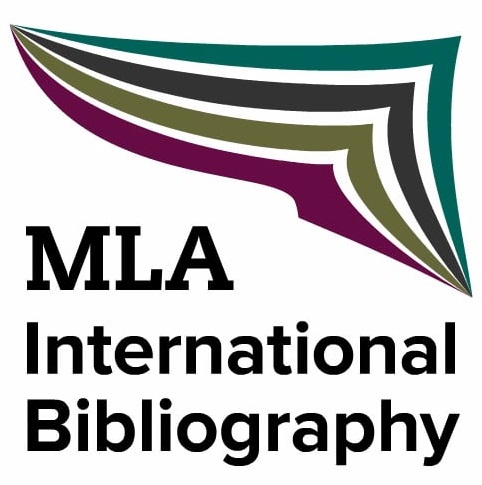Historical Method and Hermeneutic Creativity
The Risen Christ in Carpaccio’s “Vision of Saint Augustine”
DOI:
https://doi.org/10.13135/2281-6658/5914Keywords:
Method, Morphology, Gnoseological Model, Artistic Model, A. Nagel, C.S. WoodAbstract
This paper seeks to focus on how the search for a gnoseological and art-historical model, prompted by the article studied here, “Toward a New Model of Renaissance Anachronism,” was articulated by its authors, Alexander Nagel and Christopher S. Wood. Their starting point was a morphological approach that sought to identify the artistic model of a specific figure, the Risen Christ, which appears in the Vision of Saint Augustine painted by Vittore Carpaccio in 1502-1503 for the Confraternity of San Giorgio degli Schiavoni in Venice. This matrix of models – gnoseological and morphological – shows how history and morphology, at least in the realm of art history, can only proceed if they are in unison, but at the same time they require particularly attentive reciprocal methodological monitoring in order to avoid creating a theoretical cognitive model based on analogies of form that fail to convince through empirical evidence, as the author believes was true in this case study.
Downloads
Downloads
Published
Issue
Section
License
Authors keep the copyrights for their work and give the journal the work’s first publication copyright, which is at the same time licensed under a Creative Commons License – Attribution, which in turn allows other parties to share the work with an acknowledgement of the work's authorship and initial publication in this journal.
Content Licence

You are free to copy, distribute and transmit the work, and to adapt the work. You must attribute the work in the manner specified by the author or licensor (but not in any way that suggests that they endorse you or your use of the work).
Metadata licence

CoSMo published articles metadata are dedicated to the public domain by waiving all publisher's rights to the work worldwide under copyright law, including all related and neighboring rights, to the extent allowed by law.
You can copy, modify, distribute and perform the work, even for commercial purposes, all without asking permission.





